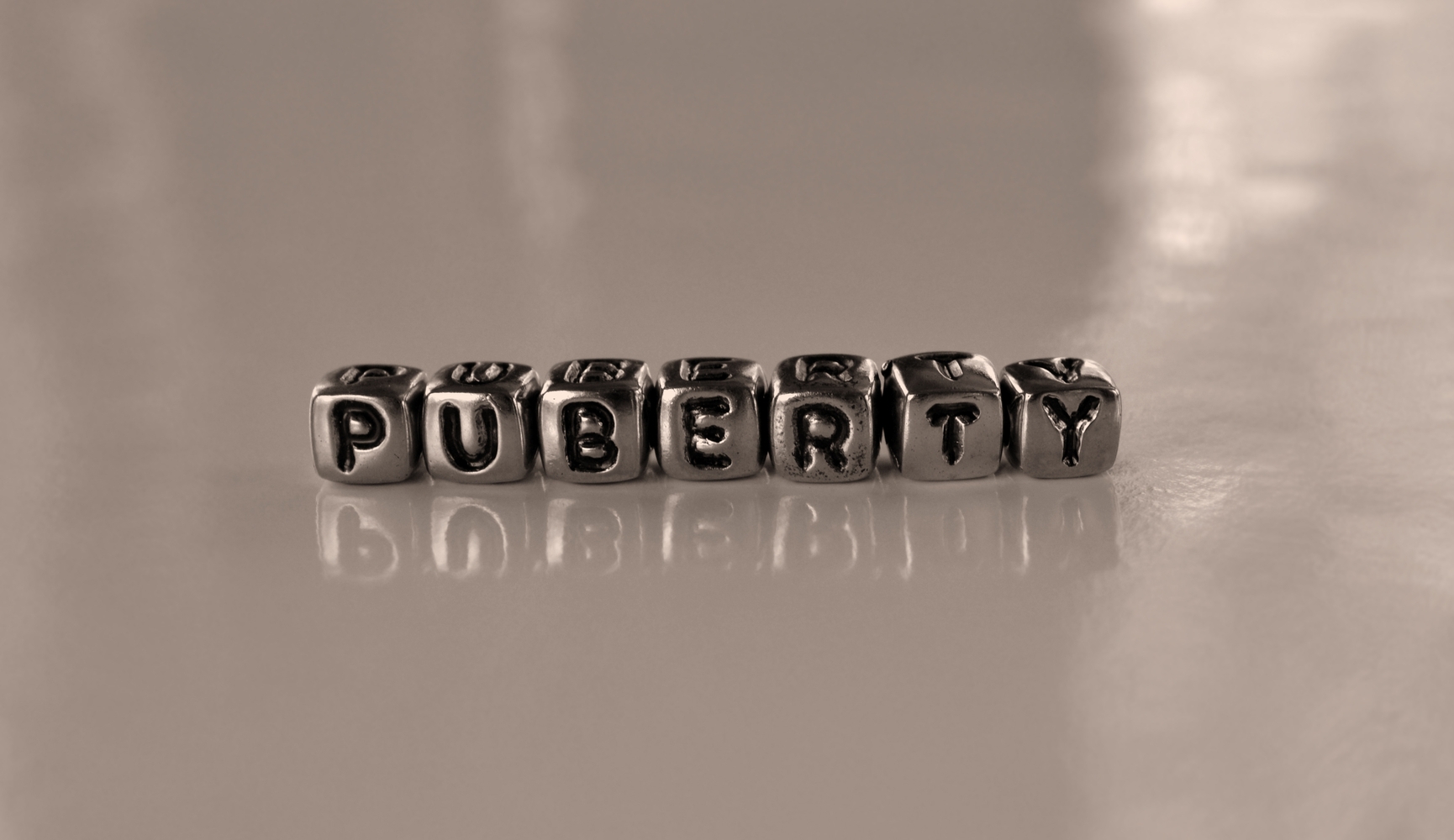Stages of Puberty in Boys: Understanding the Journey
Puberty is a transformative period in human development, marking the transition from childhood to adolescence and preparing the body for reproductive maturity. For boys, this process encompasses a series of distinct stages characterized by various physical, emotional, and psychological changes. This article explores these stages in detail, providing a comprehensive understanding of what to expect during male puberty.
Puberty typically begins for boys between the ages of 9 and 14, although this range can vary. The onset and progression of puberty are governed primarily by hormonal changes, particularly the increase in testosterone production. The sequence of events during puberty is orchestrated by the hypothalamus, which signals the pituitary gland to release hormones that stimulate the testes to produce testosterone and other essential hormones.

Stage 1: Prepubescent Phase
The prepubescent phase, also known as Tanner Stage 1, occurs before any visible signs of puberty. During this stage, the body’s hormonal activity is still at prepubertal levels, and there are no noticeable physical changes. Boys in this phase maintain their childlike physique.
Stage 2: Initial Changes
This stage typically begins between ages 9 and 14 and marks the start of visible physical changes. Characterized by the following transformations, this stage can span from several months to a few years:
Pubic Hair Development: Sparse, light-coloured hair starts to appear in the pubic region.
Growth Spurts: Boys may experience a mild increase in height and weight.
Stage 3: Significant Growth and Further Maturation
Stage 3 typically occurs between ages 11 and 16 and is marked by more pronounced physical changes:
Growth Spurts Intensify: Boys experience rapid growth in height and weight, often accompanied by an increase in muscle mass.
Voice Changes: The larynx, or voice box, grows, resulting in a deeper voice. Voice “cracking” may occur as the voice adjusts to its new tone.
Facial and Body Hair: Hair begins to appear on the upper lip and may also start developing on the cheeks, chin, and underarms.
Stage 4: Continued Development and Physical Maturity
Stage 4 generally occurs between ages 13 and 17 and signifies further maturation of the body:
Acne: Increased oil production in the skin can lead to acne, commonly appearing on the face, chest, and back.
Further Voice Changes: The vocal cords lengthen and thicken, stabilizing the deeper voice.
Muscle Development: Muscular growth becomes more evident, and boys often experience gains in strength and endurance.
Stage 5: Full Maturation
Stage 5, typically reached between ages 14 and 18, signifies the completion of physical maturation:
Final Growth Spurts: Boys achieve their maximum adult height, although some may continue growing slightly into their early twenties.
Stable Voice: The voice settles into its definitive adult tone.
Full Distribution of Body Hair: Pubic hair takes on an adult pattern; facial, underarm, and body hair reach their final distribution and density.
Sexual Maturity: Boys attain reproductive capability as the sperm production process (spermatogenesis) is fully functional.
Emotional and Psychological Changes
While the physical changes of puberty are more visible, the emotional and psychological aspects are equally significant. Boys may experience mood swings, heightened emotions, and increased sensitivity to criticism. Developing a sense of identity, dealing with body image issues, and navigating social relationships become crucial aspects of this phase.
Understanding the stages of puberty in boys offers valuable insight into this critical developmental period. Knowledge about what to expect can help young boys and their guardians navigate this time with greater confidence and ease. By recognizing and supporting the physical, emotional, and psychological transformations, parents and caregivers can foster a positive environment that promotes healthy growth and development.
Puberty is a unique journey for each individual, marked by a series of complex but natural changes that pave the way for adulthood. Embracing this journey with patience, empathy, and understanding ensures that boys can thrive through their transition from childhood to adolescence.


